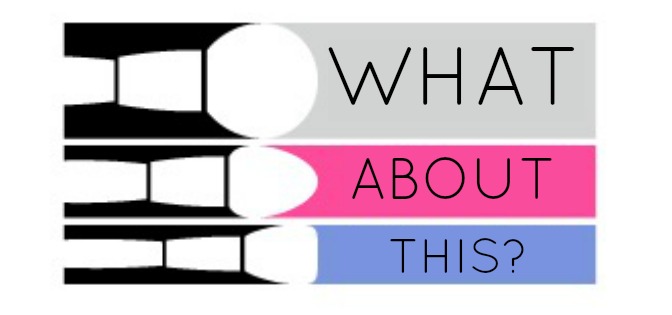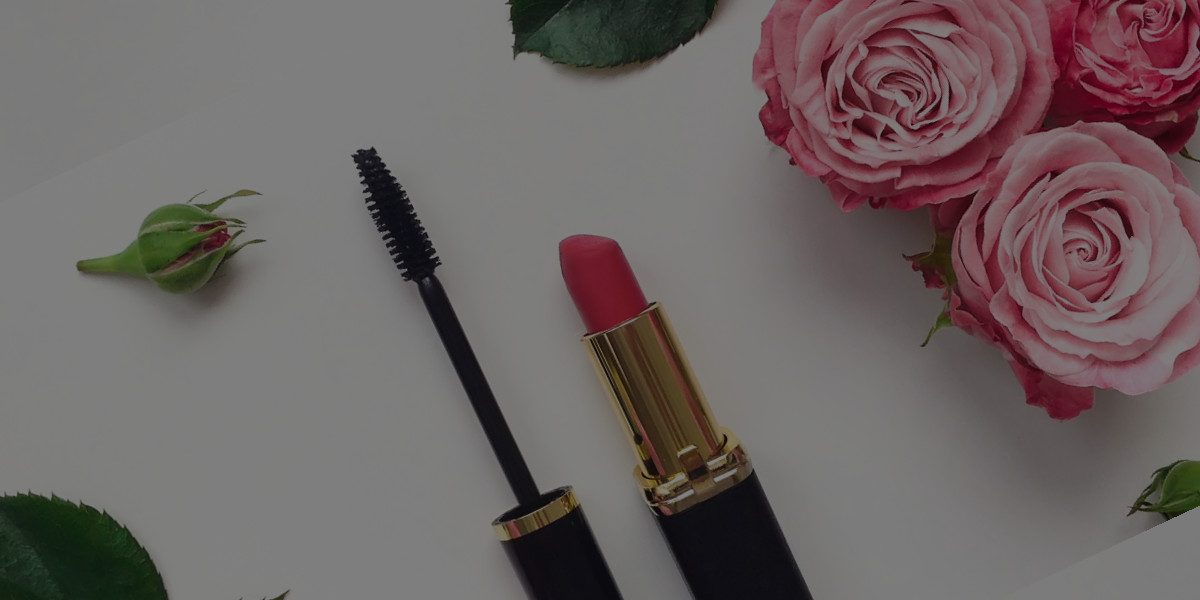Even if you’re not a MAC fan yourself, we’re betting you could recognize their distinctive font from a mile off. Logos play a huge role in creating your brand, expanding your reach, and getting some solid recognition.
Just like choosing a name for your makeup business, designing a logo is a pretty big deal. As simple as it might seem, a good logo can make it way easier to get your brand off the ground—and a bad one can really hold your brand back.
Not sure where to start? We’ll take you through the basics.


 Shop around for a graphic designer who can create a logo that suits your makeup business’s brand. Worried about making the wrong call? Sites like 99designs let you view submissions from multiple artists and designers before making your final call.
Shop around for a graphic designer who can create a logo that suits your makeup business’s brand. Worried about making the wrong call? Sites like 99designs let you view submissions from multiple artists and designers before making your final call.

What makes a good makeup artistry logo?
The elements of a strong logo are the same no matter what your brand is. The number one thing to keep in mind when designing your makeup artistry logo is that you want it to be memorable (for the right reasons, of course). Think of Nike. The brand is so in sync with its stylized checkmark logo that the checkmark often appears without the brand name—the majority of the population recognizes it instantly, even if they’ve never bought a Nike product in their life. What makes Nike’s logo so memorable? Think about it. That checkmark is…- Super simple. There are no fancy flourishes or elaborate details to get distracted by.
- Incredibly versatile. Is it printed in black and white or color? Is it tiny or does it take up a whole billboard? Is it printed on a flat piece of paper or a baggy t-shirt? Doesn’t matter. Wherever you place it, the logo fits.
- Totally timeless. Nike has been around for over 50 years, but you wouldn’t think it to look at their logo. That checkmark works just as well in 2016 as it did in 1964.
- Appropriate for the brand. Nike associates itself with tough athletics, professional athletes, and cutting edge sports technology, so the slick checkmark is a perfect fit. A stuffy logo with lots of flourishes and embellishments definitely wouldn’t have the same effect!

What goes in a logo?
Many beginning business owners make the mistake of thinking their logo must showcase their profession. But the reality is that the most successful businesses in the world tend to feature logos that have nothing to do with their products or services! While there’s nothing wrong with incorporating beauty-related images when you design a logo for your makeup business, you’ll want to be careful. A classic red kiss, mascara wand, or tube of lipstick might be a good fit—but we guarantee you dozens (if not hundreds) of other makeup artists are already using something similar. Do some industry research before you commit to see if other freelance makeup artists in your area have already grabbed your idea. In general, there are three types of logos:- Font-based, like MAC
- Literal illustrations, like Make Up For Ever’s red lips
- Abstract symbols, like Elizabeth Arden’s red door

Before you start designing, hit the books
Or, more accurately, grab your laptop and get Googling. Check out the logos of other freelance makeup artists in your area. Look for:- Common themes. Do freelance makeup artists in your area favor fancy script fonts? Do white-and-pink color schemes prevail? Picking up on the logo trends of makeup businesses you’ll be competing with will help you decide how to stand out.
- Things you like. Maybe you find yourself gravitating towards quirky handwritten fonts, or maybe you like logos that incorporate simple floral patterns. There’s nothing wrong with “borrowing” a few small ideas from your competition, as long as you make them your own.
- Things you can’t stand. Do 3-D effects make you cringe? Are you beyond bored of the typical stylized lipstick tube? Picking out what you don’t like is just as important as picking out what you do.
I can just DIY my makeup logo, right?
Totally—if you’re also a professional graphic designer or a pro traditional artist. Yes, a good logo has to be simple, but the design process is a lot more complicated! If you want a good logo that will boost your brand and last you through your career, you should be hiring a professional graphic designer. Freelance graphic designers aren’t cheap (at least, not the good ones), and with good reason. Many new business owners write off a graphic designer’s services as unnecessary, but that’s a major mistake. Professional graphic designers help you create professional logos. They also have a good eye for versatility. In other words, they’ll be able to tell you whether a logo will transfer easily (and for a reasonable price). Shop around for a graphic designer who can create a logo that suits your makeup business’s brand. Worried about making the wrong call? Sites like 99designs let you view submissions from multiple artists and designers before making your final call.
Shop around for a graphic designer who can create a logo that suits your makeup business’s brand. Worried about making the wrong call? Sites like 99designs let you view submissions from multiple artists and designers before making your final call.
Working with graphic designers: A crash course
While a professional designer or artist can make the difference between a logo that boosts your brand and one that kills it, they can’t work magic. Hiring a graphic designer to design a logo for your makeup business doesn’t mean you’re off the hook—they need to work with you to understand exactly what you want. Working with a good graphic designer isn’t cheap, so you want to make sure you get the most out of the experience. Keep these dos and don’ts in mind:- Do give your designer examples. Remember those logos you were researching earlier? Show them to your graphic designer to give them a clearer idea of what you are (or aren’t) looking for. You can even do a few sketches if there’s an idea you’re struggling to communicate.
- Don’t be too controlling. A graphic designer is a partner, not a mindless slave. You’re paying them for their professional experience, so give them a chance to use it!
- Do come ready to explain your brand. Examples of other logos you like and dislike are helpful, but a good graphic designer needs more. What is your brand all about? What makes your makeup business stand out from the competition?
- Don’t expect the first draft to be perfect. That’s why it’s called the first draft—there are more to come. The designer needs your input to figure out where and what to change and improve.
- Do give specific feedback. Don’t like it? Think it needs more “punch?” That’s great, but your designer needs more. Break the logo down to figure out what’s not working: Font? Color? Images? Layout? Then tell your designer.
- Don’t give negative feedback. Absolutely give your designer feedback—but recognize the difference between negative feedback and constructive criticism! Think about it. Would you rather have a makeup client tell you “The eye shadow you chose is ugly” or “I’d prefer eye shadow in a lighter shade”?

